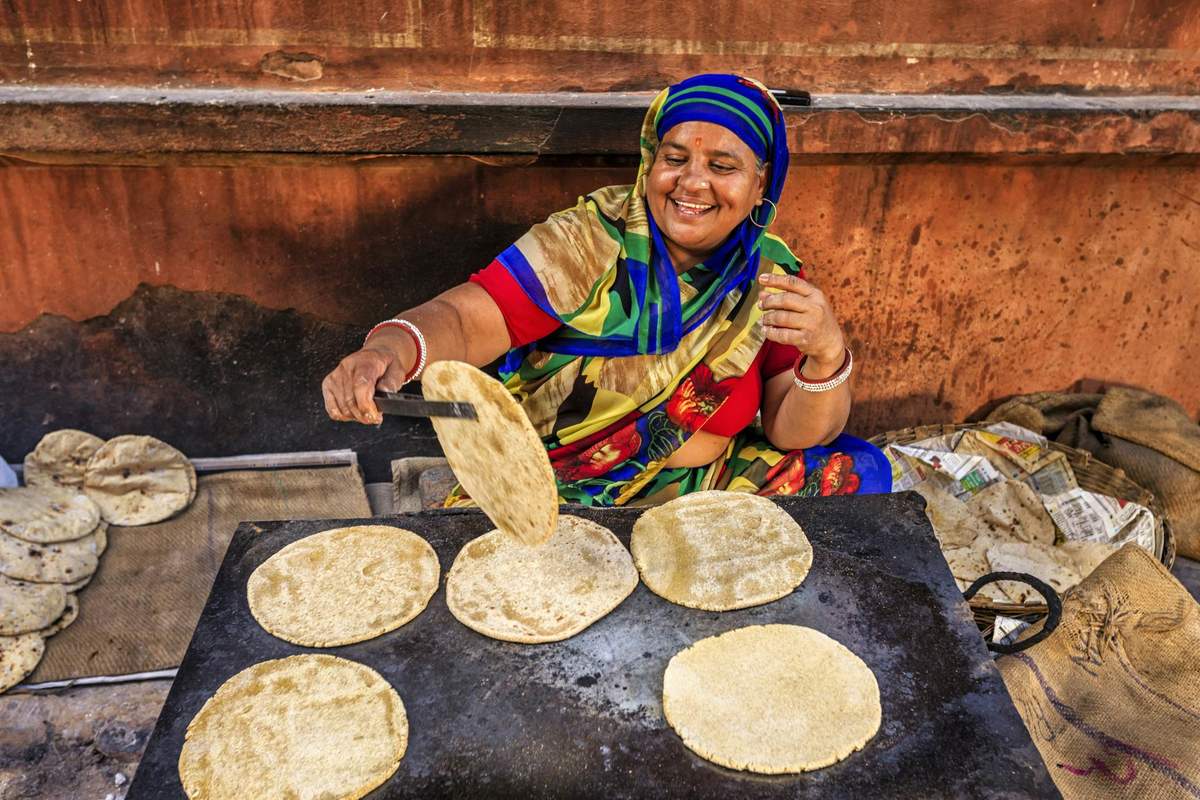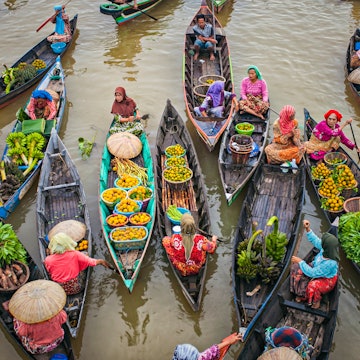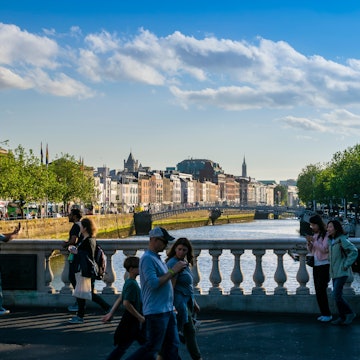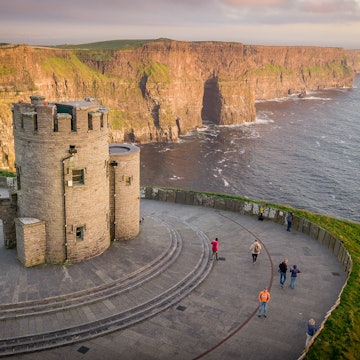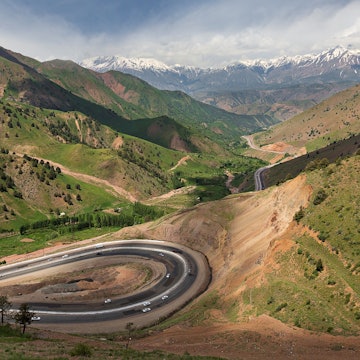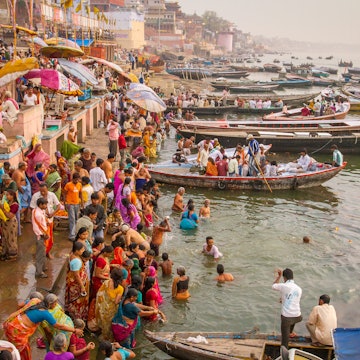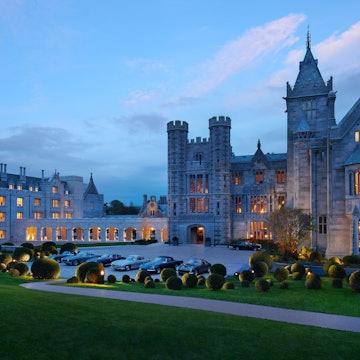
Why an Indian village celebrates the life of a little-known Irish actress each year

Dec 11, 2019 • 5 min read

Despite never finding fame in her country of birth, Irish actress Norah Richards is revered in the small village of Andretta, deep in the foothills of the Indian Himalayas, where locals still gather to celebrate the actress's life every October. Akanksha Singh explains why.

The makings of an icon
Born in Ireland in 1876, Norah Richards dreamt of becoming an actress from an early age. After completing her studies at Oxford University, she married and moved to London, where she was cast in a number of plays in the West End – the beginning of what promised to be a star-studded career.
But then, her life took an unexpected turn. Norah’s husband, an English teacher, accepted a professorship at the Dyal Singh College in Lahore (then part of India). Despite the move all-but-ending her fledgling career on the London stage, Norah agreed to move east to join him.
The pair moved to India in 1911, and, though she could no longer act professionally, Norah carried her love of performance with her to the Punjab, quickly becoming involved in cultural activities in the college, where she trained students, amateurs, and even social workers, in the art of writing and performing plays.
At the same time, Norah immersed herself in Punjabi culture, becoming a vocal supporter of the Indian Home Rule Movement (an ideology that opposed British rule; a concept also popular in Ireland at the time), and began writing and performing plays to express these views – which resonated strongly with local audiences.

Return to England
When her husband passed away in 1924, Norah left the Punjab; but, upon returning to London, found it difficult to adjust back to her old life and routine.
What happens next has become the stuff of myth and rumour. But according to some accounts, Norah seduced a rich Englishman, who owned a sprawling tea plantation in India’s Kangra Valley, and convinced him to sell it to her for just one rupee.
Whatever her methods, Norah became the lawful owner of the Kangra Valley estate, and returned to her beloved India alone in 1924, taking a train, bus, and horse to reach her newly-acquired home.
She eventually settled in the tiny forest village of Andretta, a tiny dot on the map one hour south of the Kangra Valley. Here, with the help of local tradesmen, she built herself a home – Chameli Niwas (“jasmine residence”) – in the local style, using mud, slate and bamboo, followed by a makeshift amphitheatre, where she penned plays revolving around social issues; inviting her former students from Dyal Singh College to perform them.

A whole cast of creatives
Despite its obscure location – at this time it was still only possible to reach the village on foot, via a nine-mile hike from the nearest town – word quickly began to spread about this burgeoning artist colony in the foothills of the Himalayas. This growing reputation was bolstered by the arrival of a few notable new residents.
After the partition of India in 1947, renowned Sikh painter, Sobha Singh left Lahore – set to become part of newly-formed Pakistan – in need of a new home. Rather than heading to the bright lights of Bombay, or fledgling capital Delhi, he moved to Andretta at Norah’s invitation, buying a plot of land and establishing a permanent studio.
Singh was later joined by painter and sculptor B.C. Sanyal, a man credited with bringing the modernist art movement to India, and influential sports administrator G.D. Sondhi, manager of the Indian Olympic team and founder of the Western Asiatic games.
Meanwhile, audience numbers at the week-long theatre festival, held in the village each March, increased year on year, with notable names of the time – purportedly including Prithviraj Kapoor (the patriarch of Bollywood’s most successful showbiz dynasty) – making the long journey to see Norah’s latest works.
Still, of all the people who visited Andretta, famous potter Gurucharan Singh had the most indelible impact on the area. After meeting him at his pottery studio in Delhi in 1956, Norah suggested he start a workshop in Andretta on some of her spare land. He moved in 1961 with his son, Mansimran ‘Mini’ Singh and daughter-in-law, Mary Singh, both of whom still reside in Andretta. Mini Singh is currently one of India’s renowned studio potters.
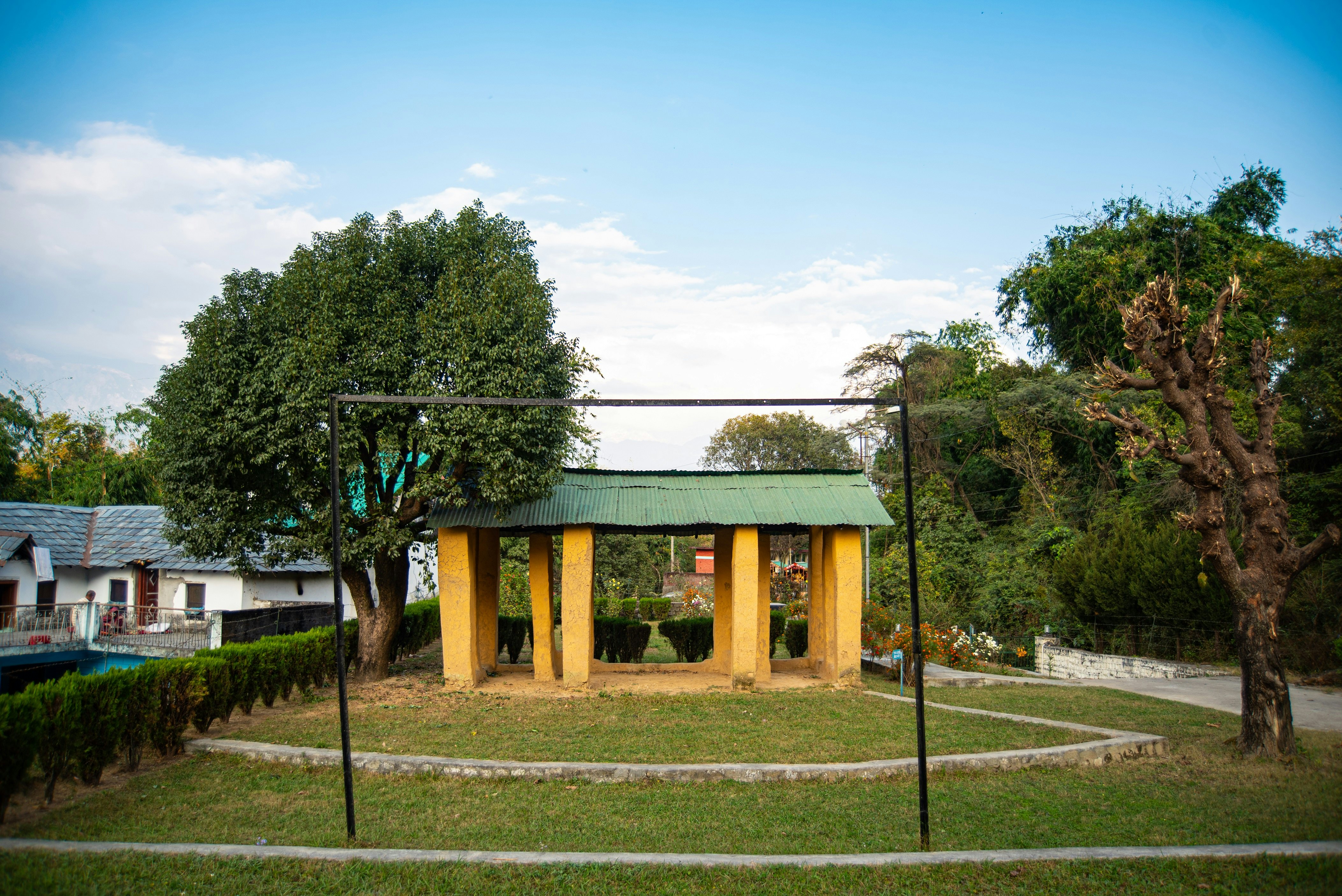
Andretta today
By the time of her death in 1971, Norah had successfully transformed a small countryside hamlet into one of India’s most exciting and prominent art communities. A feat that was acknowledged by the Punjabi University in Patiala, who, a year before she died, conferred an honorary degree on Norah for her contribution to Punjabi culture.
Her ‘contribution’ – the art hub of Andretta – is still thriving today. Norah’s home, Chameli Niwas, still hosts drama students and was recently acquired by the Punjabi University. Sobha Singh’s workshop still stands, now serving as a gallery for his the painter’s top works, as does Andretta Pottery, which hosts students from around the world who flock to the village to learn from Mini. Tourism is picking up too, with a sprinkling of guesthouses spread amidst the deodar trees.
But, even with the string of famous creatives who’ve come and gone, the little-known Irish actress who helped start it all has not been forgotten. Which is why, each year, budding young actors and writers from the Punjabi University gather at Andretta’s little theatre to put on a play every 29 October – Norah’s birthday.

How to visit Andretta
The village of Andretta is located in Himachal Pradesh in Northern India. The largest transport hub in the region is Dharamsala, which has an airport (daily flights to/from Delhi) and buses running to a number of destinations including Amritsar, Delhi, Manali and Shimla. From Dharamsala, you can catch local buses in the direction of Palampur, or simply take a taxi to reach Andretta.
The journey is around two hours from Dharamsala, which has a string of guesthouses and restaurants at adjacent Mcleod Ganj – also the home of the Dalai Lama.





